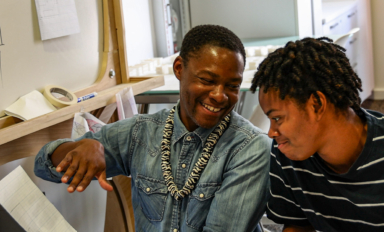In Bloom
The Magdi Yacoub Global Heart Center in Cairo, designed by British firm Foster + Partners, represents biophilia writ large. Slated for completion in 2023, the project is meant to evoke an oasis amidst the desert, with abundant greenery, a network of linear waterways, and natural light, as well as an undulating, shell-like roofscape. Multiple courtyards with views of a tranquil lake—as well as of the pyramids of Giza—are another nod to the natural world.
“Extensive evidence demonstrates that biophilic environments—ones that incorporate real elements as well as those that mimic nature—exert a healing effect on the human body,” says Iwan Jones, partner and project lead, Foster + Partners, London.
“The relationship between the users, the local climate and ecology, and the local vernacular was key in creating a more productive and welcoming environment. We wanted to maximize natural light and enhance visual connectivity between the inside and out. The design creates a tangible relationship to water not just visually, but also at an environmental and psychological level.”
Biophilia can also affect the ethos of office spaces and is likely to play a role in a broader transformation of workspaces in the wake of the COVID-19. While most people will eventually return to the office, research indicates many are likely to do so only two or three days per week continuing to work from home on the other days. That means the office could take on a different, more specialized role—one that’s in line with biophilic principles.
“People will be coming into work looking for a sense of purpose, social connection, and collaboration, and designers are going to have to put elements into those spaces that make the workplace a destination for life, not just work,” says Upali Nanda, principal and director of research at HKS and associate professor of practice at Taubman College of Architecture, Ann Arbor, Michigan. “We haven’t had that before, but biophilia can help us see the office as a thriving space where life flourishes, a place that fosters connection with nature as well as connection with people and society.”
Biophilic elements can spark that shift in point of view, for instance the use of living walls instead of partitions—even incorporating natural materials like cork and bark that encourage tactile interaction make a difference. Curves, fractals, fresh air, natural light, and dynamic elements that change by season or time of day all serve to make the interior spaces feel more natural.







 Home
Home


























































































































































































































































































































